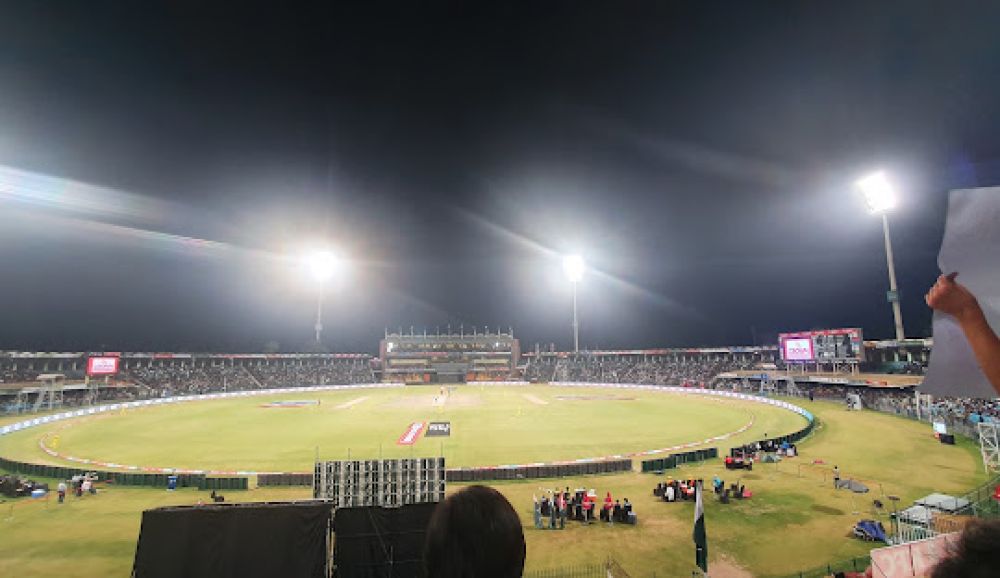

Gaddafi Stadium, located in the heart of Lahore, Pakistan, is not only a sports complex, but also a historical landmark intertwined with the cultural tapestry of the city. Since its inauguration in 1959, it has been the centerpiece of Pakistan's cricketing saga, attracting tourists and enthusiasts from all corners of the globe.
Designed by the famous architect Nasreddin Murat-Khan, the same architectural mastermind behind the iconic Minar-e-Pakistan, Gaddafi Stadium has a rich history that is deeply embedded in Lahore's transformation into a metropolitan city. Originally named Lahore Stadium, its construction symbolized the growing importance of cricket in a newly independent nation eager to find its place on the international stage.
Over the years, Gaddafi Stadium has hosted numerous landmark events that have etched themselves into the annals of cricket history, such as the 1996 Cricket World Cup final. It is also home to the Pakistan Cricket Board, serving as the fulcrum of Pakistan's cricket administration.
In the early 21st century, Gaddafi Stadium underwent a significant renovation to modernize its facilities in preparation for the 1996 Cricket World Cup. This renovation included the addition of modern media centers, improved seating, and enhanced player facilities, effectively combining contemporary comforts with its traditional charm.
The stadium is not only a site for sporting events; it is also an attraction for those interested in modern architecture, sporting history, and Pakistani culture. Visitors from around the world come to witness international matches, experience the vibrant atmosphere of the Pakistani cricket fandom, and understand the sport's place within Pakistan's national identity.
Tourism at Gaddafi Stadium has evolved in recent years, with rising interest in immersive experiences. Visitors often combine their stadium tours with visits to local cricket academies, participation in cricket-themed events, and indulgence in traditional Pakistani cuisine from nearby eateries. Additionally, Lahore's rich historical sites, such as the Lahore Fort and Badshahi Mosque, complement the experience, providing tourists with a holistic view of Lahore's diverse offerings.
The ease of access to Gaddafi Stadium has improved significantly with Lahore's expanding infrastructure, such as the Metro Bus Service. Tourists can easily plan visits around the cricket calendar or opt for off-season stadium tours, which are often available through tour operators or the stadium's management itself.
In the digital age, the reach of Gaddafi Stadium's tourism has extended through the proliferation of online platforms where enthusiasts can take virtual tours, purchase tickets for upcoming games, and even interact with famous cricketers during online events. This digital presence has deeply affected tourism trends, making Gaddafi Stadium a more accessible and internationally recognized destination than ever before.